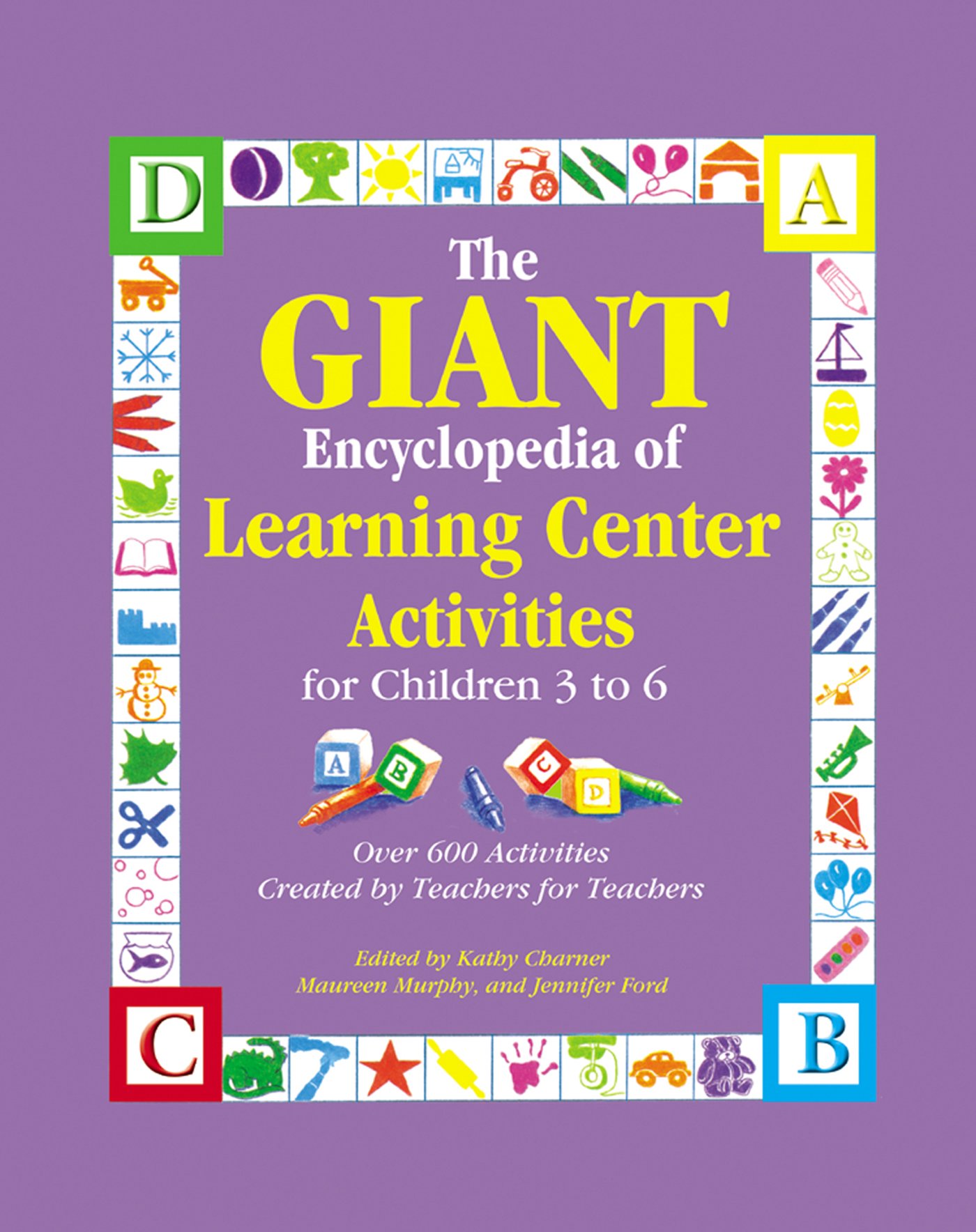Materials
- five cardboard or plastic shoeboxes
- books on the five senses
- objects representing each of the senses
Instructions
- Label each box with one of the senses. Fill each box with materials that represent the sense. For example:
* Sound bell, headphones or earplugs to muffle sound, music box, and rattles
* Touch piece of fur, sandpaper, smooth rock, and rubber band
* Smell sachets, scratch-and-sniff stickers, and plastic film cans with cotton balls soaked in different scent oils
* Sight binoculars, magnifying glasses, and color paddles
* Taste photos of favorite foods, or actual foods for tasting
Safety Note: If you choose to add real foods to the taste box, check for any food allergies and monitor use closely. - Put a book about each sense in each box. Use class-made books, if available.
- Introduce each box separately at circle time, and then put it in the science or sensory center for the children to explore independently. Keep these boxes on the science shelf all year.
- Change the contents of the boxes occasionally. Change them according to classroom theme, if desired.
Instructions
1. Make copies of the patterns below, enlarge, and trace on oak tag or
cardboard. Cut out each piece to make a pattern.
2. Let the children choose whether they want to make a tan or black monkey.
Provide tan and black bags for them to choose.
3. Help them trace the patterns onto construction paper. If they are making a
tan monkey, ask them to trace the ears, upper face, and lower face on black
paper. If they are making a black monkey, they trace the ears and face on tan
paper.
4. Each child traces two arms, two legs, and one tail onto black paper (for black
monkey) or tan paper (for tan monkey).
5. Let the children cut out all of their patterns. Help
them glue the face area on the bottom end
of the fold in the bag, ears on the sides of
the bag (by face), arms on the inside fold of
the bag, and legs near the bottom of the bag.
6. Show the children how to shape cotton or
fiberfill to fit around the entire face in a heartshape,
and glue in place.
7. The children use pink markers to color the
inside of the ears. They use a brown marker to
draw a nose, fingers on both sides of hand, and toes.
They use a black marker for the mouth and nostrils.
8. Provide wiggle eyes for them to glue on the face.
9. Help the children glue cotton under the monkey's chin
up to fold of bottom end of bag.
10. Ask them to glue the tail on the back of puppet. Help them curl the end of
the tail around a thick pencil.
